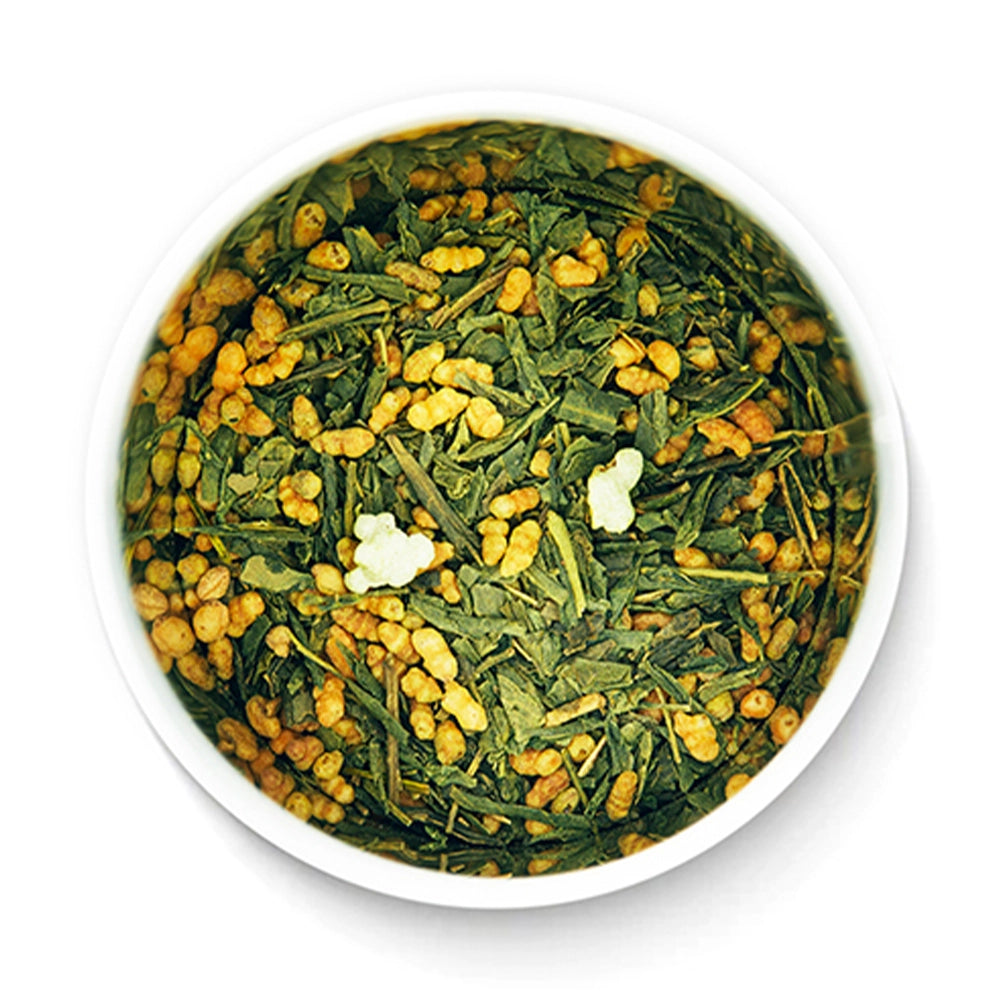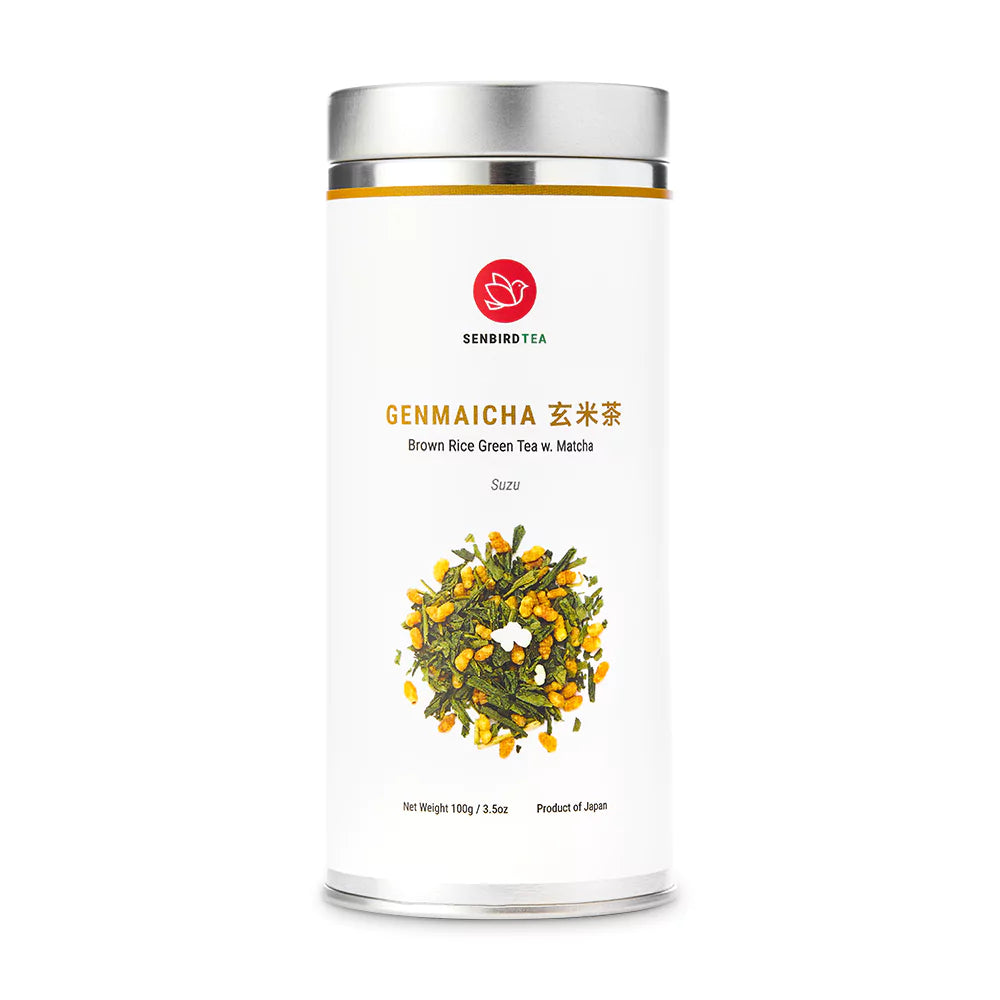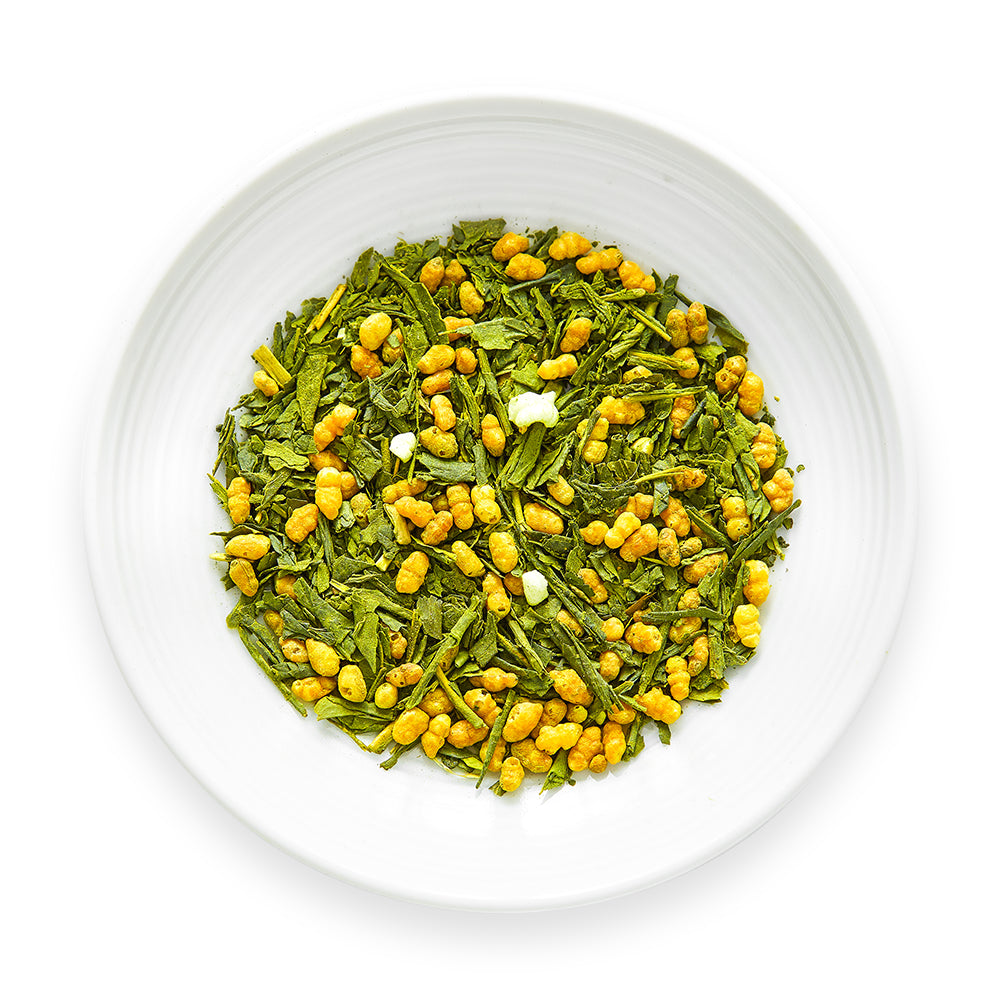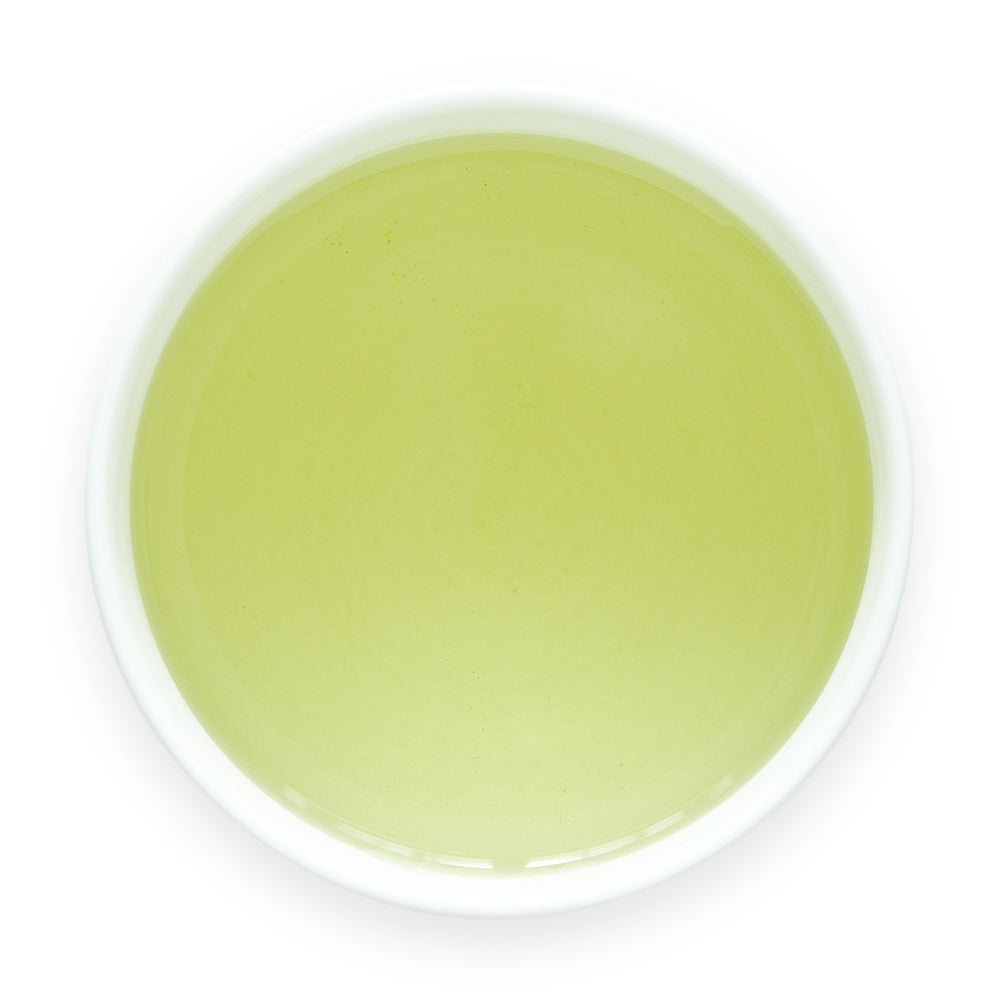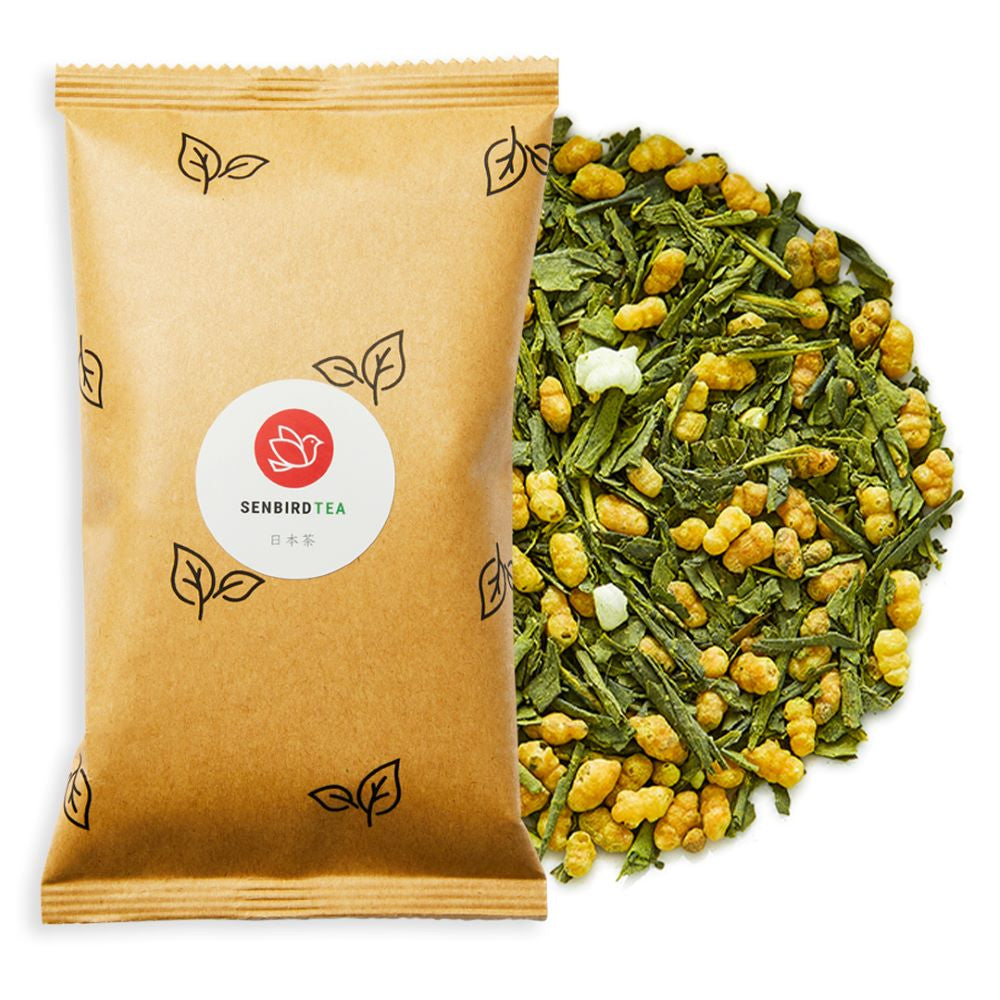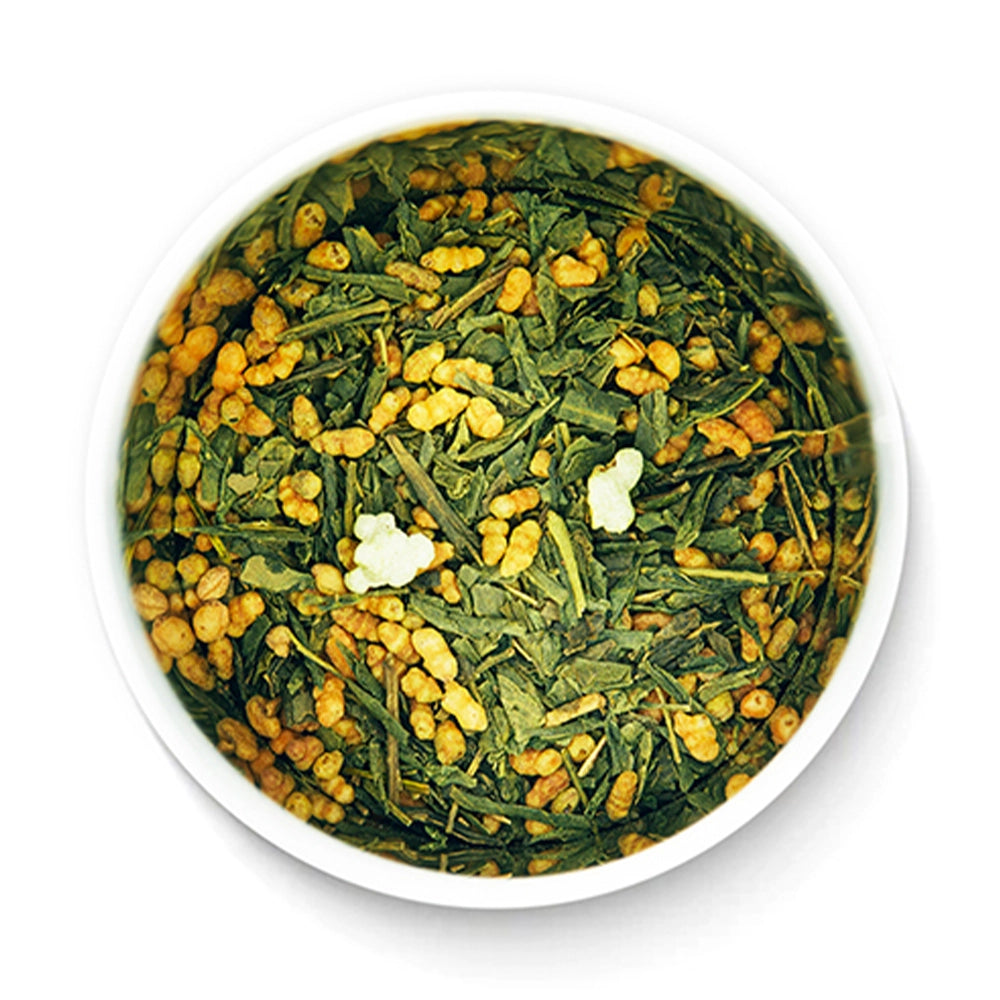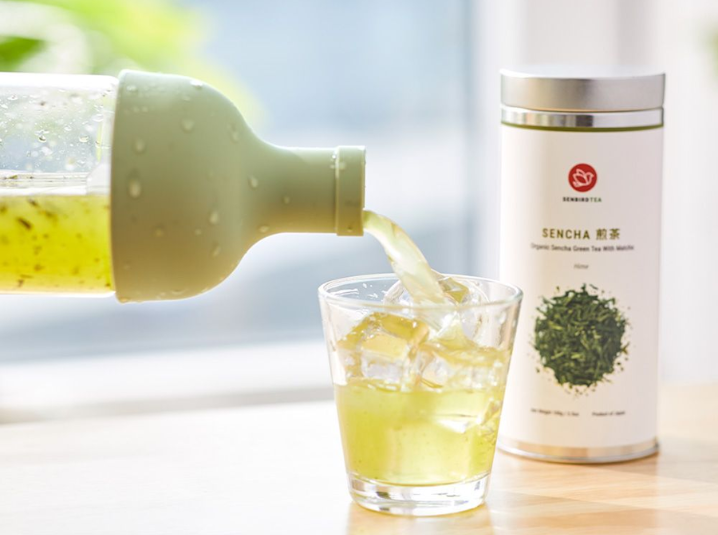
6 Cold Brewing Tea Tips for Japanese Teas
As the summer heat intensifies, finding ways to stay cool and refreshed becomes essential. Cold brewing Japanese tea is not only a delicious way to get relief from the heat but also an opportunity to enjoy the unique flavors all year round. In this blog post, we will share 6 cold brewing tips to help you create the perfect cold-brew Japanese tea to enjoy during the warm summer months. Get ready to master the flavor of Japanese cold tea!

1. Choosing the Right Tea
When it comes to cold brewing Japanese tea for warmer days, selecting refreshing tea varieties is key. Cold brewing green tea, or Sencha, a tea with smooth grassy notes, is an excellent choice. It offers a light and crisp flavor that perfectly complements the summer season. Other options include genmaicha, a green tea blended with roasted brown rice, which adds a nutty and toasty flavor profile. Finally, there is sobacha, a buckwheat tea that has a roasted and unique flavor.
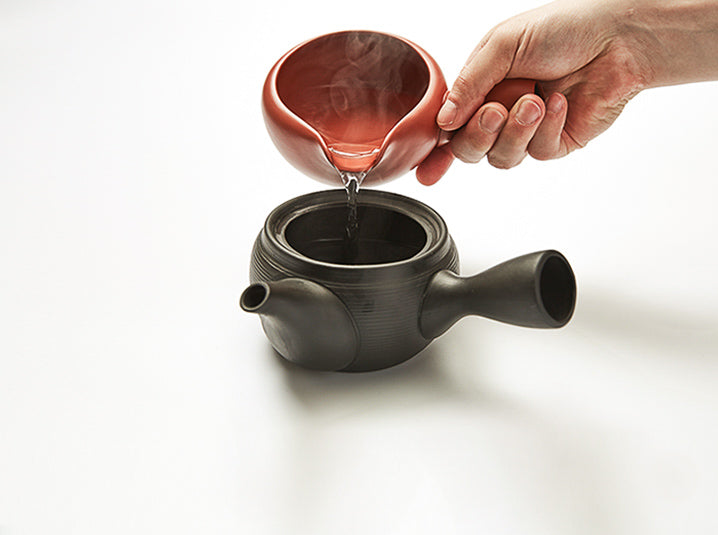
2. Using High-quality Water
Using high-quality water is crucial to achieving a flavorful cold brew. It is best to use filtered or spring water to avoid any impurities that might affect the taste. The mineral content of the water also plays a role, so experiment with different water sources to find the ideal balance. Generally, softer water with a low mineral content is recommended to allow the tea flavors to shine through.

3. Finding the Right Ratios and Brewing Time
Finding the right tea-to-water ratio and brewing time is key to obtaining the perfect balance of flavors in your cold brew. As a starting point, consider using 1 teaspoon of tea leaves per 8 ounces of water. Adjust the amount based on personal preference.
When it comes to cold brewing time, most Japanese cold teas require longer steeping periods compared to hot brewing. Start with 4-8 hours in the refrigerator and adjust according to taste. Additionally, you may hot brew your Japanese teas first in a heat-safe brewing bottle and pour over ice, or let it cool in the fridge for 5 - 6 hours before enjoying.

4. Infusing with Natural Flavors
Take your cold brew to the next level by infusing it with natural herbs or fruits that enhance its refreshing qualities. Add slices of cucumber, ginger, or fresh mint leaves to sencha, apples and honey to genmaicha, or a hint of yuzu or lemon to sobacha. These natural additions not only provide a cooling effect but also lend a unique twist to the flavor profile of your Japanese tea. Experiment with different combinations to find your perfect summer infusion.
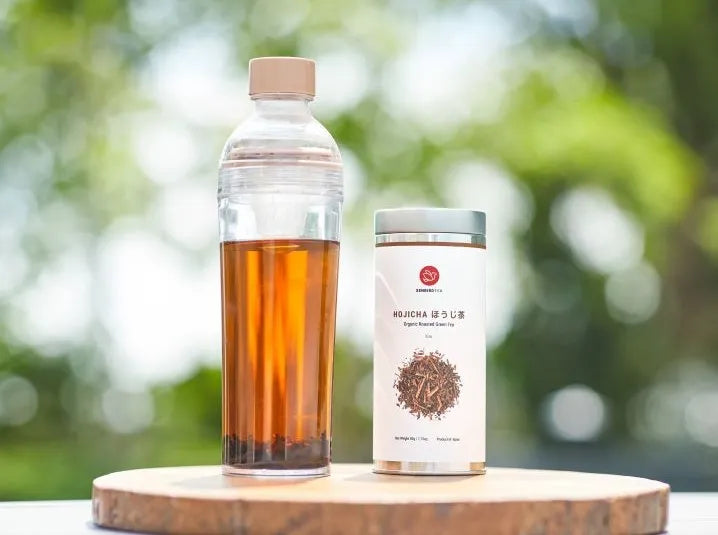
5. Straining and Storing Your Tea
Once your cold brew is ready, it's important to strain out the tea leaves to avoid over-extraction. You can store it in a pitcher or brew bottle that is meant to store your cold brew and keep it as fresh as possible. Or simply use a tea infuser to separate the liquid from the solids. After straining, transfer the cold brew to a clean container and store it in the refrigerator. Japanese tea is best consumed within 48 hours of brewing for optimal freshness and flavor.

6. Enjoying Your Japanese Cold Tea
After following these tips and experimenting with different combinations, it's time to sit back, relax, and savor the refreshing flavors of your cold-brew Japanese tea. Pour your tea over ice, garnish it with fresh herbs or fruit slices, and take pleasure in each sip. Or simply enjoy it as is!
Whether you're lounging by the pool, hosting a summer gathering, or simply seeking relief from the heat, your cold brew Japanese tea will easily make the summer days even better.
Cold-brewing Japanese tea is a delightful way to beat the summer heat and add new flavors to your summer pallet. Additionally, it is a non-alcoholic alternative offering a sophisticated and refreshing experience without the need for alcohol.
If you want to read more articles on tea guides, check them out here:
- 10 Different Types of Japanese Tea
- 4 Health Benefits of Drinking Tea
- 6 Cold Brewing Tea Tips for Japanese Teas
- 5 Tips for Having Japanese Tea Outdoors
- The Origin of the Name "Tea"
- Where Tea Originated: A Brief History of Tea in China, Japan and the West
- How to Meditate with Tea
- How to Practice Mindfulness with Tea
Share your moment with us and stay connected on:











